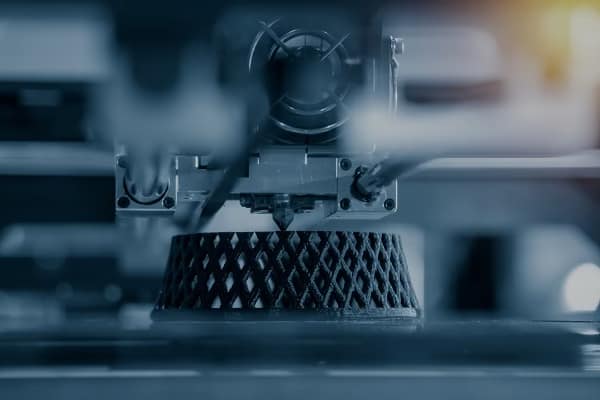今日の目まぐるしい製造業の世界、 ラピッドプロトタイピング has emerged as a game-changer, allowing companies to bring ideas to life faster than ever before. Whether in automotive, aerospace, or consumer electronics, the ability to create accurate industrial prototypes quickly is essential for reducing development cycles and achieving design perfection.
But what exactly is ラピッドプロトタイピング, and how does it impact industrial modeling? This article will explore the technology behind ラピッドプロトタイピング, its benefits, applications, and how it is shaping the future of product development.
What Is Rapid Prototyping?
ラピッドプロトタイピング refers to a collection of advanced manufacturing techniques that allow engineers and designers to create functional prototypes and industrial models quickly and efficiently. These methods enable rapid iteration, making it easier to refine and optimize designs before mass production.
Common Types of Rapid Prototyping
- 3D Printing (Additive Manufacturing) – Creates physical objects layer by layer from CAD (computer-aided design) models.
- CNC加工 – Uses computer-controlled tools to cut and shape raw materials into high-precision prototypes.
- 射出成形 – Produces high-volume prototype parts using molds for realistic product testing.
- Vacuum Casting – Ideal for creating rubber or plastic prototypes with fine details.
Why Is Rapid Prototyping Essential for Industrial Model Development?
1. Faster Product Development
Traditional manufacturing methods require weeks or months to create prototypes. With ラピッドプロトタイピング, businesses can reduce lead times to days, accelerating innovation cycles.
2. Cost Efficiency
Building prototypes through traditional machining is expensive and requires high tooling costs. ラピッドプロトタイピング eliminates the need for costly tooling, reducing material waste and overall production costs.
3. Design Flexibility and Iteration
Prototypes often require multiple modifications before they reach final production standards. ラピッドプロトタイピング allows designers to test different designs, materials, and structures without delays.
4. Enhanced Customization for Industrial Models
In industries like medical device manufacturing and aerospace engineering, ラピッドプロトタイピング enables the creation of customized models that meet specific requirements, such as ergonomic medical implants or aerodynamic aircraft components.
Applications of Rapid Prototyping in Industrial Modeling
Automotive Prototyping – Used to develop new car parts, dashboards, and aerodynamic models before mass production.
Aerospace Engineering – Ensures structural integrity の aircraft components before full-scale manufacturing.
コンシューマー・エレクトロニクス – Helps companies test new smartphone designs, gaming consoles, and wearables before launch.
Medical Industry – Enables the creation of patient-specific prosthetics and surgical implants.
Future Trends in Rapid Prototyping
The field of ラピッドプロトタイピング is evolving with advancements such as:
金属3Dプリンティング – Allowing rapid creation of high-strength metal prototypes.
マルチマテリアル・プロトタイピング – Enabling engineers to combine different materials in a single build.
AI主導のプロトタイピング – Using artificial intelligence to optimize design and material selection.
As manufacturing technology continues to advance, ラピッドプロトタイピング will become even more efficient, accessible, and versatile, revolutionizing how industrial models are designed and produced.

Conclusion: A New Era of Industrial Model Development
In an era where speed and innovation define success, ラピッドプロトタイピング is transforming the 工業用モデリング landscape. By reducing development time, lowering costs, and enabling limitless design possibilities, ラピッドプロトタイピング empowers industries to push the boundaries of what’s possible.
If your business is looking to stay ahead in industrial manufacturing, adopting ラピッドプロトタイピング is the key to achieving faster production cycles and cutting-edge designs.
Rapid Prototyping has revolutionized the development process of industrial models through methods such as 3D printing, CNC machining, and Injection Molding. Its applications in the automotive, aerospace (Aerospace Engineering), consumer electronics, and medical fields have significantly shortened the product development cycle (Product Development), reduced costs (Cost Efficiency), and supported high-precision and multi-material (Multi-Material Prototyping) prototype iterations. With the development of Metal 3D Printing and AI-Driven Prototyping, this technology will continue to drive industrial manufacturing towards higher efficiency and personalization, becoming a core tool for enterprises to gain a competitive edge in the market.